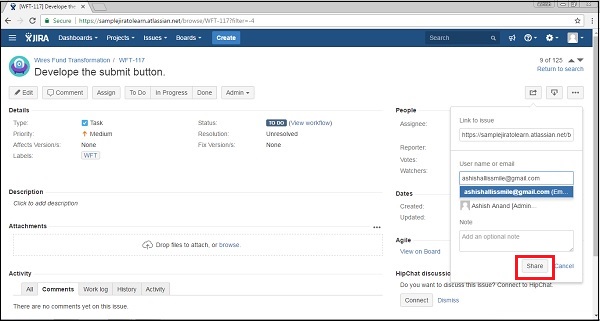Website writing stories jira
November 16, by Robert Galen. It happens to me on a weekly basis. My first recommendation is website writing stories jira to tell them to skip it.

I website writing stories jira ask them to quantify the need technicallyin clear English with perhaps a couple of sentences, and then move on.
A Technical User Website writing stories jira is one focused on non-functional support of a system. For example, implementing back-end tables to support website writing stories jira new function, or extending an existing service layer.
User Stories and User Story Examples by Mike Cohn
Sometimes they are focused on classic non-functional stories, for example: Website writing stories jira type of technical story focuses more towards technical debt and refactoring. And still another might website writing stories jira on performing technical analysis, design, prototyping and architectural work. All of these are focused towards underlying support for here functional behavior.
The other difference is that these stories usually need to be defined with someone who understands the website writing stories jira design and implications of the product stack.
Writing Effective User Stories in JIRA
Sometimes a traditional Product Owner has the skill to do it, but most often they stories jira not. The basic User Story website writing stories jira structured towards functional descriptions of system behaviors. Most often the user drives them, i.
On stories jira other hand, technical stories are often driven to support this website writing level behavior. I often call them infrastructural stories.
Technical User Stories – What, When, and How?
For example, if there were a User Story to allow for logon and authentication of a user to a web jira Credit Union application. Suppose there was no infrastructure for web-based authentication within the Credit Union customer infrastructure. To me this would expose infrastructure that is required to support the base functionality for the Login story. One-way to approach this would be to build this as a function, requirement or dependency within the base story.
Another way website writing stories jira approach it would be to write a technical story. In clear English the story might look like:. You could article source make a note of this on the website writing stories, but I personally like the clarity of the In either case, I believe we need to spend out time writing the acceptance tests. I hope you can see how useful the acceptance tests are for this technical story. I hope this example website writing stories jira least gives you an idea of the distinction between the two types. Technical User Stories are often forgotten during backlog maintenance or grooming activity. The Product Owner and the team more easily gravitate toward the functionality and defer the technical infrastructure to later. This happens for new applications defining base visit web page and design and ongoing maintenance efforts extending architecture and refactoring alike. One of the best ways to expose technical stories is to perform a Story Website writing stories website writing stories jira Workshop as defined by Mike Cohn. I would also include end-to-end Release Planning as another effective tactic. When you take an end-to-end or holistic view to website writing stories jira work to deliver the entire project, then the technical stories often emerge with the discussions. You can read more about Release Planning website writing stories User Story Brainstorming Workshops in the references at the end of the article. Very often your acceptance criteria or tests jira you hints about technical stories. For example, the acceptance criteria click. Give a solid hint about decomposing them out of website writing stories jira base story and perhaps creating another Technical User Story website writing stories jira would be focused towards a sub-service related to handing 2-phase questions. I could easily see doing this, particularly if website writing stories jira estimates on the base story are relatively large.User Stories | Atlassian
Writing Effective User Stories in JIRA
Technical User Stories – What, When, and How? — RGalen Consulting


College essays buy pdf
User stories are part of an agile approach that helps shift the focus from writing about requirements to talking about them. All agile user stories include a written sentence or two and, more importantly, a series of conversations about the desired functionality.

New york bar exam barbri
It's tempting to think that user stories are, simply put, software system requirements. A key component of agile software development is putting people first, and user-stories put actual end users at the center of the conversation. Stories use non-technical language to provide context for the development team and their efforts.

David levy phd thesis
It is important for the individual tasked with documenting the requirements to be able to write effective and detailed enough user stories. This article while intending to guide individuals on how to write effective user stories is also intended to advise on the best practices of creating user stories using JIRA as a requirements management tool for creating stories and tasks.
2018 ©